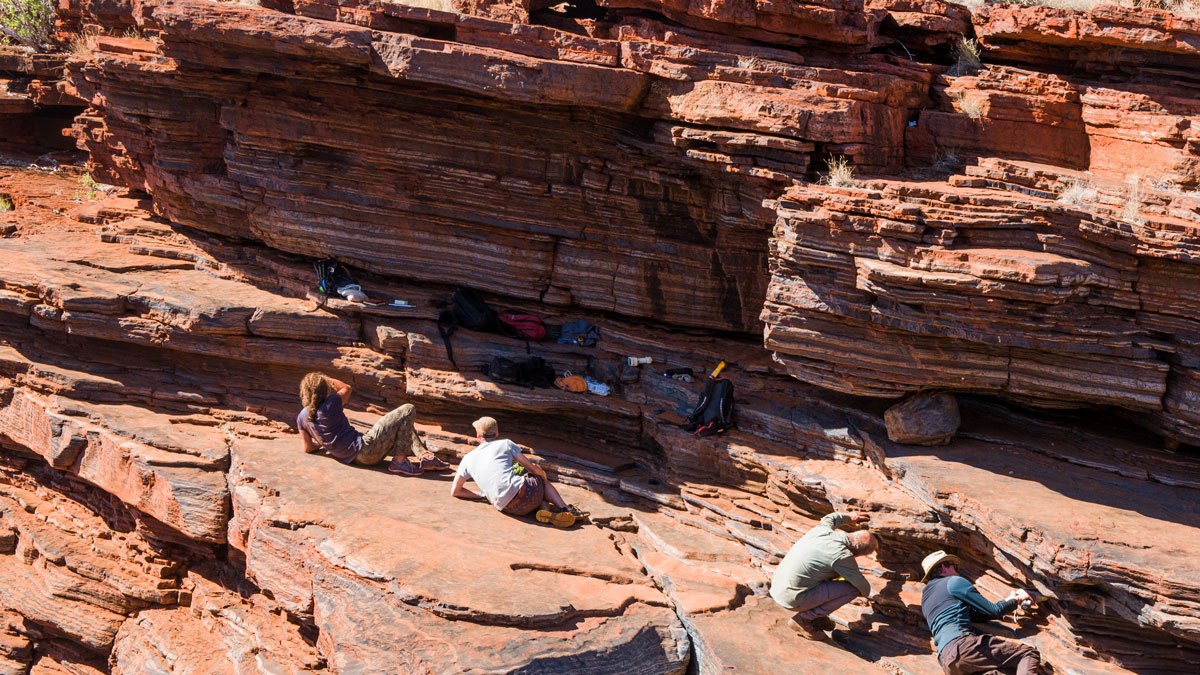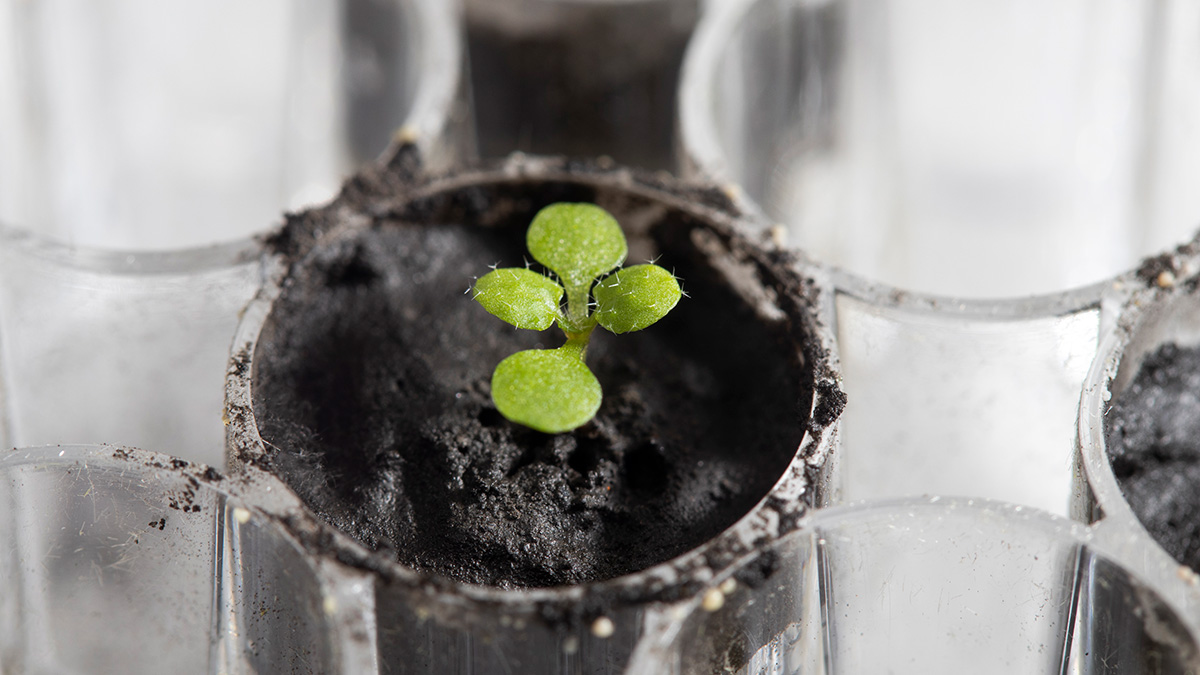Machine learning can reveal the stories written in the marks on the Moon.
Moon
Tides Ripple Across Earth’s Plasma “Donut”
Interactions between lunar gravity and the terrestrial magnetic field may cause a 90° offset from the Moon’s position in its orbit.
A Day in the Life Used to Be 17 Hours
The Moon was a lot closer to Earth 2.46 billion years ago, and the shorter distance contributed to shorter days.
The Shape of Pits on the Moon
Three-dimensional reconstructions enable virtual exploration of pits on the Moon.
Caves Offer Temperate Hope for Future Moon Exploration
Large caves near the Moon’s equator maintain a temperate, stable daily temperature around 17°C.
Moon’s Porosity Changes Cratering History, Study Says
Gravity field measurements from decade-old lunar orbiter provide a proxy for counting craters.
El suelo lunar permite cultivar plantas
Plantas cultivadas en regolito lunar recolectado por las misiones Apollo crecieron con éxito desde la semilla hasta el retoño, brindando así información sobre las futuras perspectivas de la agricultura lunar.
Lunar Soil Can Grow Plants
Plants grown in lunar regolith collected by Apollo missions successfully grew from seed to sprout, lending insight into future lunar agriculture prospects.
An Impact Basin Thermometer for the Moon
Large impact basins on the near side of the Moon lack the annulus of thickened crust that far-side basins have. The difference can be linked to the thermal structure of the lunar crust.
When Less is More—The Moon Sheds Light on Clouds at Night
Shining light into the dark reveals the unseen, but in some cases, it changes our perception of reality. Through moonlight we learn how the environment tricks our ways of finding nocturnal clouds.










